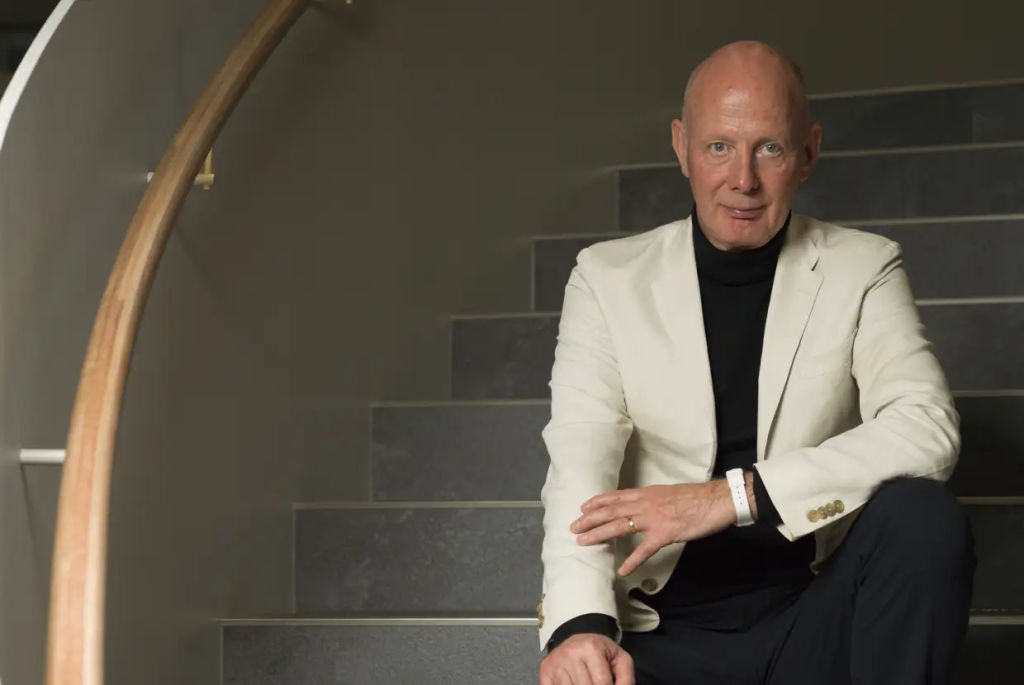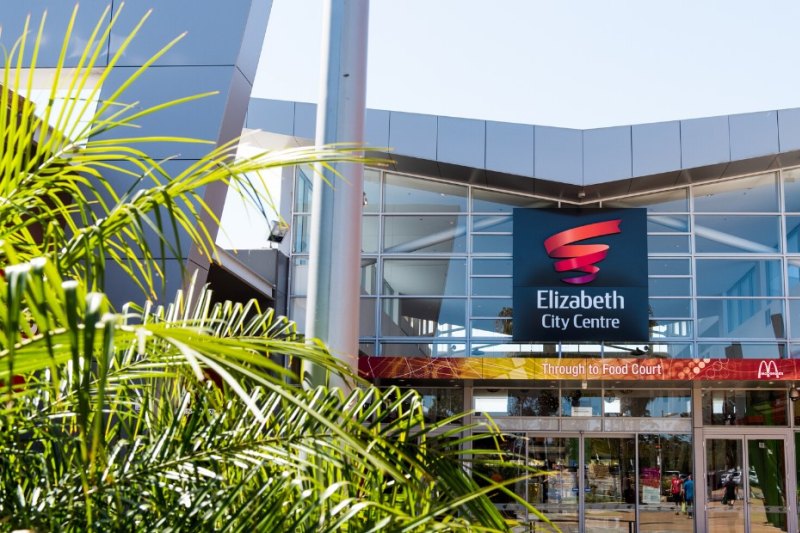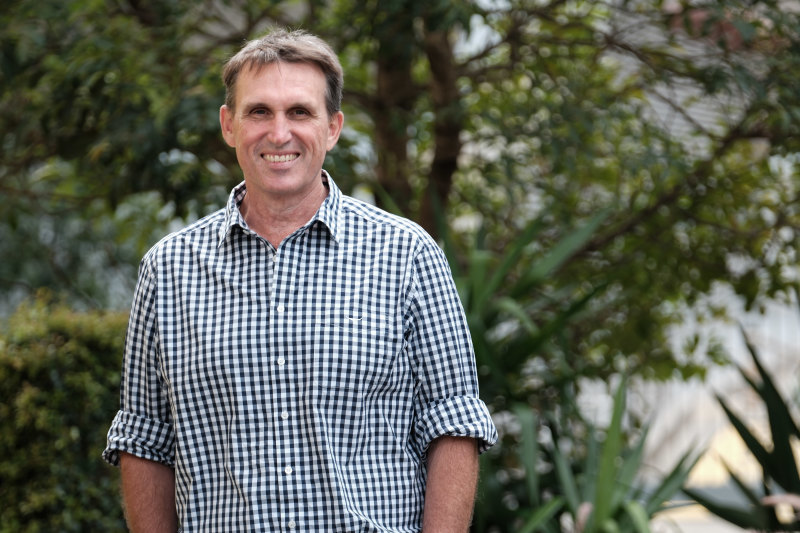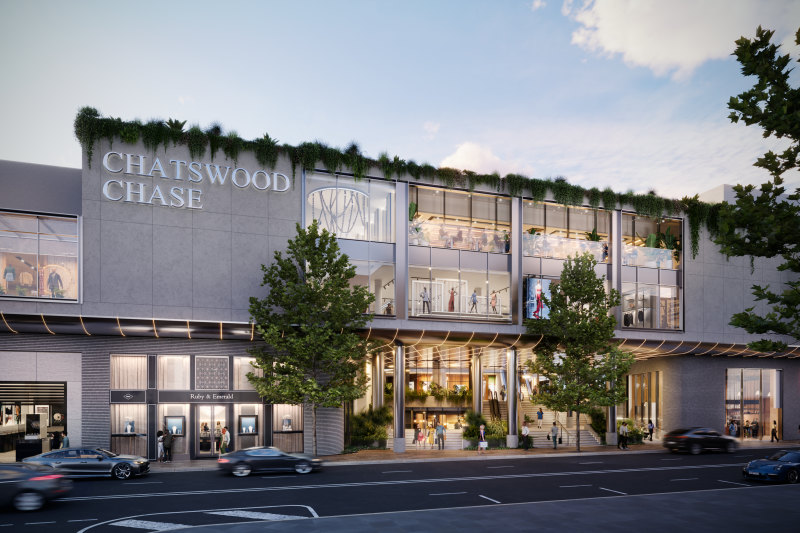
Why CBD buildings will become ‘recruiting machines'
The number of people living in cities will surge as a post-pandemic readjustment reverses much of the previous rush to regions and workers who hang onto flexible working practices increasingly seek out housing with shorter commute times.
Poor rental affordability in regional towns – nearly 30 per cent of renters in regional areas pay more than 40 per cent of their household income to rent – will be one key factor pushing people back to the relative affordability of urban centres, the findings of a new survey by CBRE show.
The commercial real estate agency’s report, based on the answers of 1000 local respondents, backs the arguments of Australia’s growing build-to-rent sector for expansion of a class of commercially owned and managed form of long-term rental housing.
But the next wave of residential migration into urban centres means cities will not go back to the way they were, as long-standing demands for affordably priced and well-located housing are boosted by needs – laid bare in the pandemic – for a greater mix of services to support communities.
This will require fewer single-use buildings, more walkable streets and better public transport, says Amsterdam-based Ben van Berkel, the designer of Australia’s tallest residential tower, STH BNK, in Melbourne’s Southbank.
“The world of today is much more interactive, and going to be stimulated towards community building, because you’ve seen it in the pandemic times, – people, even when they live in a city, they felt so alone,” Mr Van Berkel said in an interview unrelated to the CBRE survey.
City building layouts were going to be more flexible to accommodate different households structures and needs and single-use buildings – such as office towers – will be in less demand, Mr Van Berkel said.
“It’s going to be more your home than a working place with cafe – a place where you can wash your stuff, where the kids can play,” Mr Van Berkel said.
“The integral quality of city life, or the city within the city building, should be able to afford these amenity qualities.”
Australia’s largest cities are already grappling with how to reshape themselves and find new mixes of activity at a time when occupancy rates of offices – the 20th-century staple of inner city economic activity – as recently as November crawled up to 57 per cent in Melbourne and 59 per cent in Sydney.
Perth led with 80 per cent occupancy, with Adelaide at 74 per cent, Brisbane 67 per cent and Canberra 52 per cent, Property Council of Australia figures show.
Lobby group Business Sydney is pushing policymakers to increase the inner-city population through the development of more key worker affordable housing. The City of Melbourne is pushing for a near-50 per cent increase in its inner-city population by 2031.
After pay and benefits, respondents to the CBRE survey listed commute time as the second-highest consideration for job selection, followed by flexibility on working days and hours, flexibility on location and work-life balance.
These factors all loomed larger than trust in management, variety of work, company values and/ or reputation and workplace design.
Mr Van Berkel said buildings would increasingly become “recruiting machines” for employers.
“Buildings will be in the future – especially office buildings – will be recruiting machines,” he said.
“You need to get people to like your office building, whereby you feel more at home.”
There is a growing acceptance of flexible working practices among employers. An annual KPMG survey of Australian business leaders published last week showed employees working remotely slid from the third-ranked concern the previous year to number 8.
Only 26 per cent of the respondents said the hybrid work model was one of their five top concerns, down from 48 per cent the year before.
“I can’t think of a single client, who says: ‘we don’t recognise there are now some things that are better done remotely’,” KPMG chairman Alison Kitchen said. “No one expects everyone to come back 100 per cent, ever.”
The CBRE Live Work Shop survey which canvassed the views of 20,000 globally found that in Australia, the shift back to cities that many people said they wanted came with preferences for a return to in-person shopping experiences – with a growing emphasis on local purchases – after years of pandemic-driven online purchasing.
Many people also wanted housing and workplaces that offered a greater proportion of natural light and better air quality, CBRE said.
Mr Van Berkel said the changes in living and working habits meant city centres would become greener, better served by public transport and other infrastructure and would also be quieter – as more people would be driving electric vehicles in them.
“It sounds ridiculously unrealistic, but honestly, give it another 10 to 15 to 20 years, cities will be much more exciting than we have them like right now,” he said.
The architect said was already working on “green mile” projects that would take cars out of parts of the city of Amsterdam.
“The only thing is the only worry I have – and it’s the worry of many citizens in cities – is that we need to keep the price level. We need to find ways to not accelerate the square-metre price too much in the city.”











